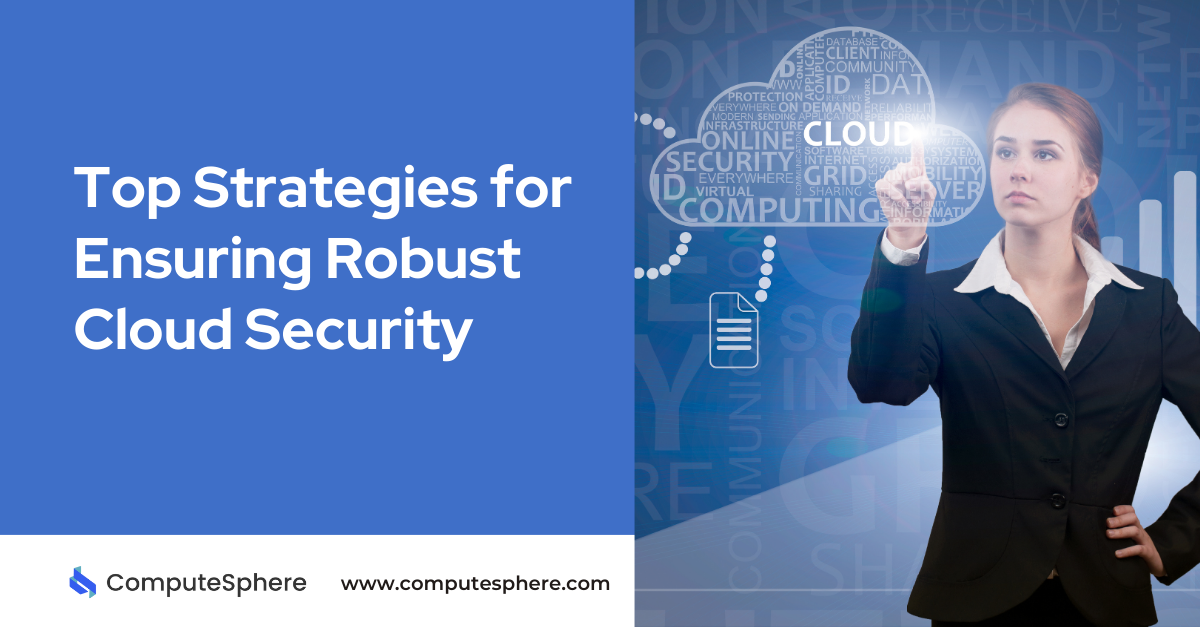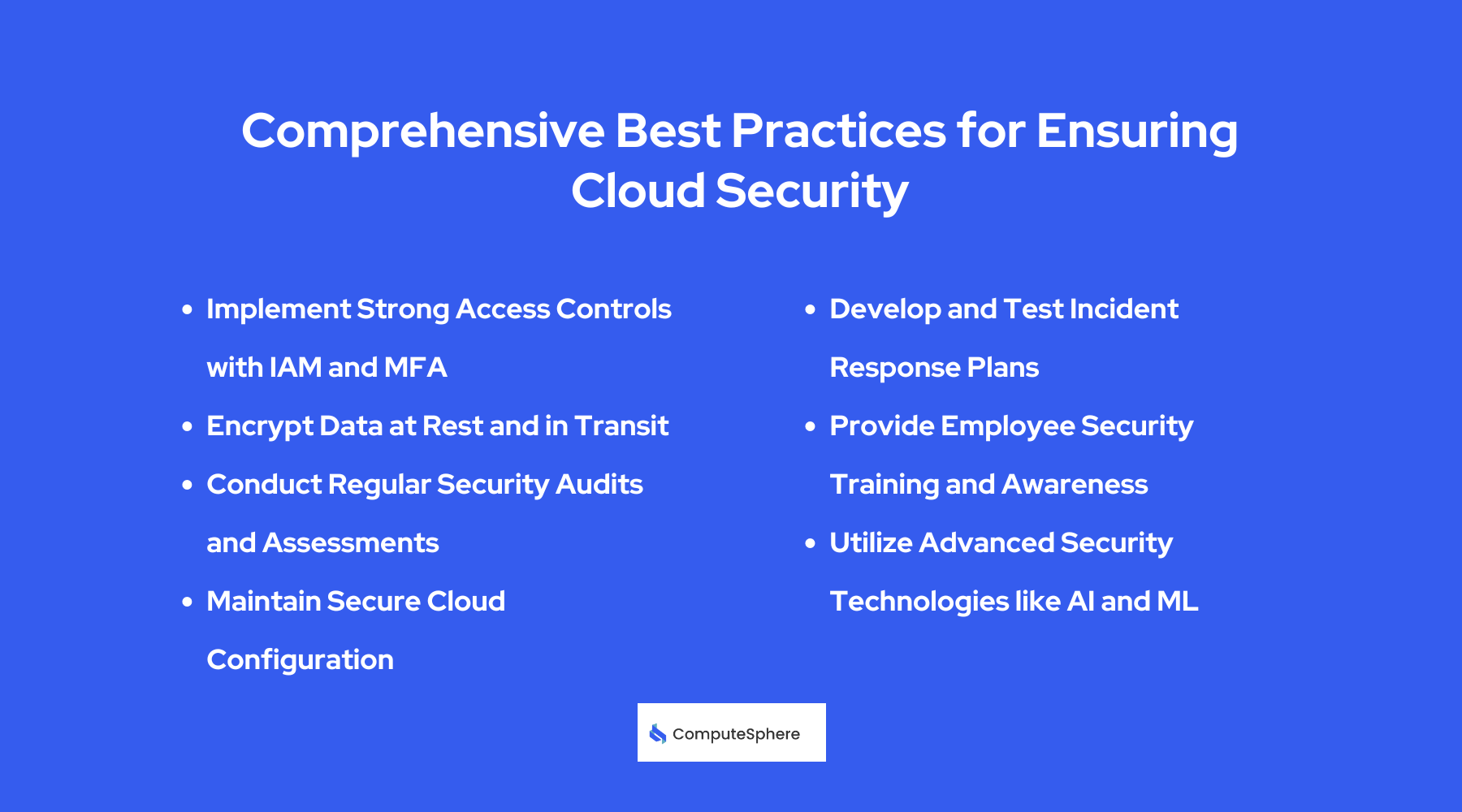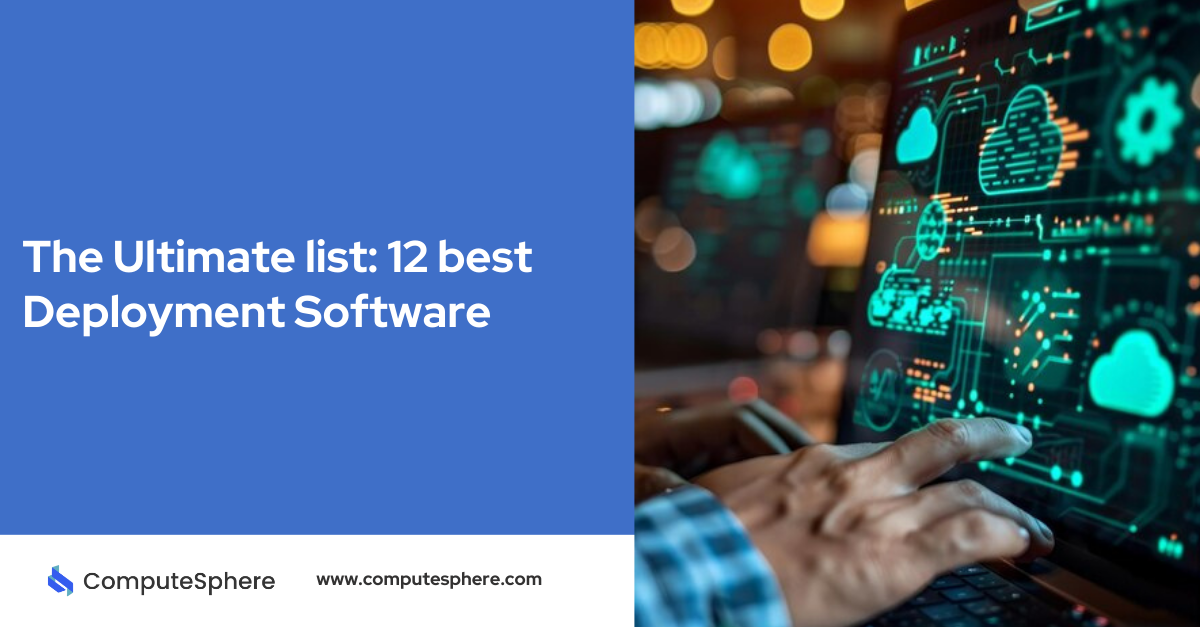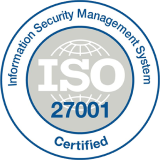Best Practices for Cloud Security in 2024: A Comprehensive Guide

Cloud services are more integral to business operations than ever before. With the convenience and scalability they offer, it's no surprise that many organizations are moving their data and applications to the cloud. However, with this increased reliance comes an equally significant need for cloud security measures. Ensuring that your cloud environment is secure is more important to protecting sensitive data and maintaining the trust of your clients and partners. This guide explains the core principles and practical steps that ensure cloud security and safety.
Understanding Cloud Security Basics
Before jumping into the specific practices, it's important to understand the fundamentals of cloud security. Cloud security involves the set of policies, controls, procedures, and technologies that work together to protect cloud-based systems, data, and infrastructure. The three key principles of cloud security are confidentiality, integrity, and availability.
Confidentiality ensures that sensitive information is accessible only to those authorized to view it. Integrity involves maintaining the accuracy and consistency of data over its entire lifecycle. Availability guarantees that data and services are accessible whenever needed. Common threats to cloud security include data breaches, misconfigurations, insider threats, and account hijacking. Understanding these basics sets the stage for implementing effective security measures for your cloud infrastructure.
Best Practices for Cloud Security in 2024

Implement Strong Access Controls
One of the most effective ways to secure your cloud environment is through strong access controls. Identity and access management (IAM) systems are essential for managing who has access to your cloud resources.
Implementing multi-factor authentication (MFA) adds an extra layer of security, requiring users to verify their identity through more than one method.
Role-based access control (RBAC) and the principle of least privilege ensure that users have only the access necessary to perform their jobs. This minimizes the risk of unauthorized access and potential data breaches.
Data Protection and Encryption
Protecting your data is at the heart of cloud security. Encryption is a powerful tool that makes your data unreadable to unauthorized users. Encrypting data both at rest and in transit ensures that it remains secure, whether it's being stored or transmitted over networks.
End-to-end encryption provides an additional layer of security, protecting data from the moment it leaves the source to when it arrives at its destination. Effective key management practices are also vital, as the security of your encryption relies heavily on the protection of your encryption keys.
Regular Security Audits and Assessments
Continuous monitoring and auditing of your cloud environment help identify vulnerabilities and ensure compliance with security policies. Regular security audits, vulnerability assessments, and penetration testing are critical for detecting and addressing potential security gaps.
Staying compliant with industry standards and regulations, such as GDPR, HIPAA, and SOC 2, not only helps protect your data but also improves your organization's credibility and trustworthiness.
Secure Cloud Configuration
A secure cloud environment starts with a secure configuration. This involves designing your cloud architecture with security in mind and regularly reviewing and updating your configurations. Automated tools can help manage and maintain secure configurations, reducing the risk of human error.
Implementing a zero-trust architecture, which assumes that threats can come from both outside and inside the network, further improves security. This approach requires continuous verification of the trustworthiness of users, devices, and applications.
Incident Response Planning
Despite the best preventive measures, security incidents can still occur. Having a cloud-specific incident response plan in place ensures that your organization can quickly and effectively respond to security breaches. This plan should include a firm incident response team, clear communication channels, and predefined actions for various types of incidents.
Regularly testing and updating your incident response plan is to ensure its effectiveness. Conducting drills and simulations can help your team stay prepared and improve their response to real-world incidents.
Employee Training and Awareness
Your employees play a significant role in maintaining cloud security. Providing regular security training assures that all employees understand the importance of cloud security and are aware of the latest threats and best practices.
Encouraging a security-first culture within your organization helps create an environment where security is everyone's responsibility. This includes promoting secure behaviors, such as recognizing phishing attempts and using strong, unique passwords.
Utilizing Advanced Security Technologies
Using advanced security technologies can improve your cloud security posture. Artificial intelligence (AI) and machine learning (ML) can help detect anomalies and potential threats in real-time. Security information and event management (SIEM) systems aggregate and analyze security data from various sources, providing valuable insights into your security landscape.
Adopting a zero-trust architecture, as mentioned earlier, further strengthens your security by continuously validating the trustworthiness of users and devices, regardless of their location.
Cloud Provider Collaboration
Working closely with your cloud service provider (CSP) is essential for maintaining a secure cloud environment. Understanding the shared responsibility model, which delineates the security responsibilities of both the CSP and the customer, is equally important.
Regularly interacting with your CSP for security updates and best practices helps ensure that your cloud environment remains secure. Assessing and choosing reputable CSPs with strong security measures is an important step in safeguarding your data.
Conclusion
Ensuring powerful cloud security is more important than ever. By implementing strong access controls, protecting your data through encryption, conducting regular security audits, securing your cloud configuration, planning for incidents, training your employees, and utilizing advanced technologies, you can significantly enhance your cloud security posture.
Staying updated with the latest security trends and working closely with your cloud service provider are also crucial steps in maintaining a secure cloud environment. As the cloud security landscape continues to evolve, adopting these best practices will help safeguard your data and ensure the continued success of your organization.
Contents
Built for Builders. Priced for Startups.
Tired of unpredictable cloud bills? ComputeSphere offers modular, fixed-cost cloud hosting that grows with your startup—no DevOps headaches, no surprises.
Get StartedShare this article
Browse Some Related Blogs
Relevant and related contents you can read









